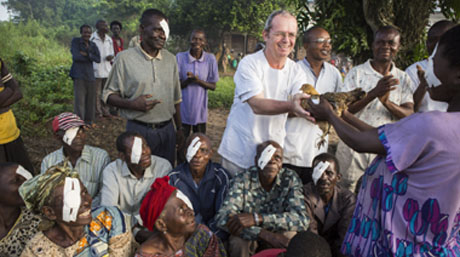After a long wait, the dry season has arrived at last. This is of great importance around here, as that is the time when the people are building, making bricks and drying them on the ground; when all the trees are blossoming, especially the mango trees, while others lose their leaves; the locals burn off the tall elephant grass… and that is when we set out to faraway places to carry out ophthalmic missions. It is much easier to travel during these months, as the roads are dry and the nights are nice and cool.
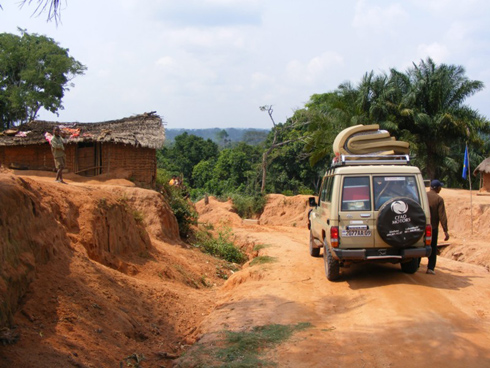
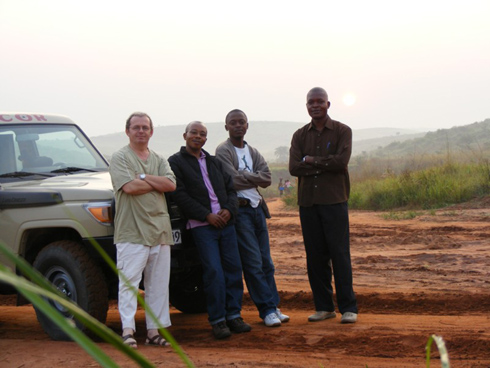
This was our third mission in Lusambo. Our accommodation was a rented house for the four of us: two doctors and two ophthalmic nurses.
During the two weeks, we examined 695 patients and performed 68 operations.
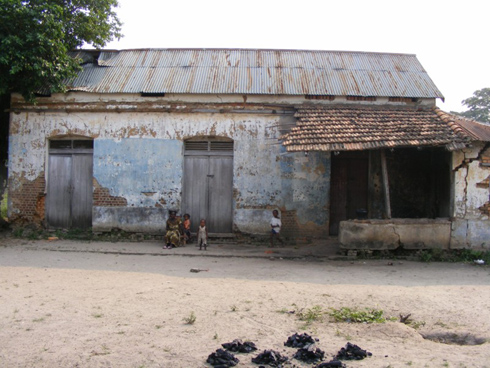
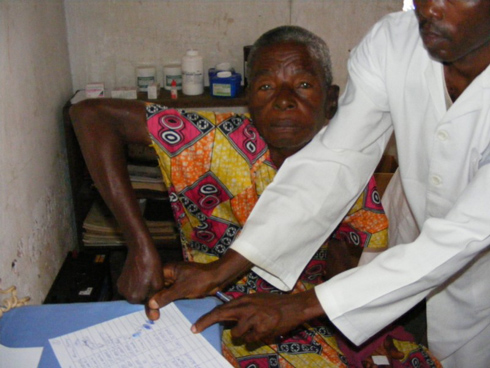
We finally managed to get away for a day trip which was most enjoyable. We travelled from Lusambo about 25 kilometres down the river Saankuru in an excellent motorised pirogue, performed quick consultations in three villages and screened a number of people mainly for cataracts and glaucoma.
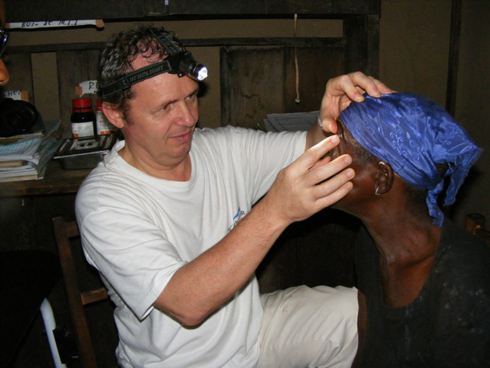
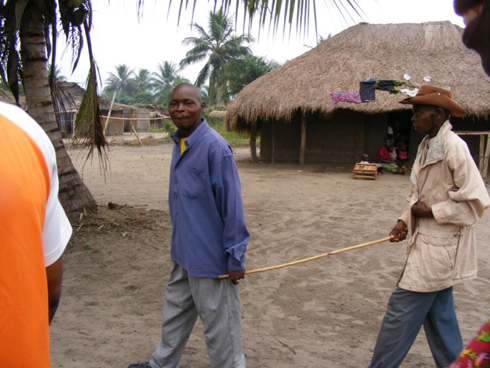
One of the highlights of our mission was that we managed to operate on some forty cataracts with the phacoemulsification method (ultrasonic lens nucleus suction). And that is saying a great deal, because mobile units hardly ever use such modern techniques. On the other hand, results are very good, the time required for surgery is short, thus everyone is satisfied: the patient because his vision is good, the team because we finish quickly, the doctor organizing the mission, because the statistics are favourable... To achieve that we had to take a special machine with us, an electric generator to run the machine, as well as a small table-top autoclave for sterilising the handpieces. Our car was ceertainly packed to the rafters!
One might ask: is there no power supply in the hospital?? Well, THERE ISN’T, and the generator that still functioned last year is dead by now. In all fairness, there are only two-three patients in that 200-bed hospital, and those are generally on their last leg. One can imagine how long a medical visit takes in a pavilion with one patient. Our presence breathed some life into the operating theatre and its surrounds, as on the five surgery days we operated on an average of 16 patients each.
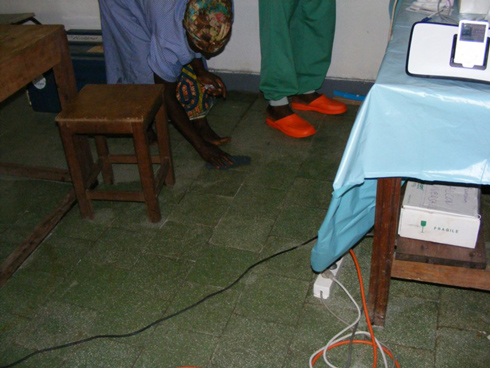
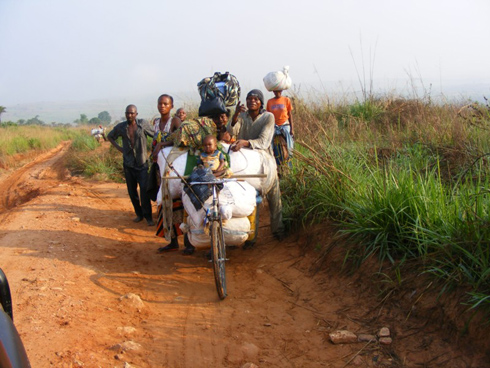
While we were there one of the three poor wretches died of tetanus, leaving two patients for one doctor.
The arrival of our team disrupted the tranquillity and silence of the place; instead of 11.00 am, the operating theatre had to be ready by 7.00 am. „This is unusual around here”, the theatre staff complained. All kinds of technical problems had to be solved: „Doctor, we’ll have to buy some water if you want to have the floor cleaned”.
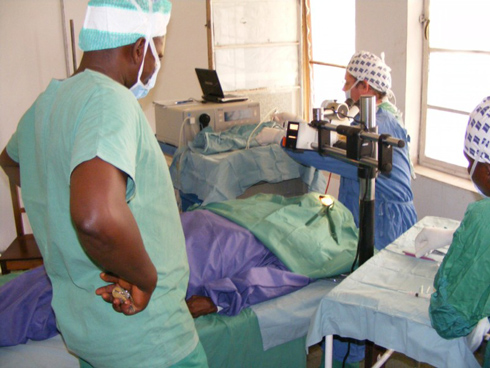
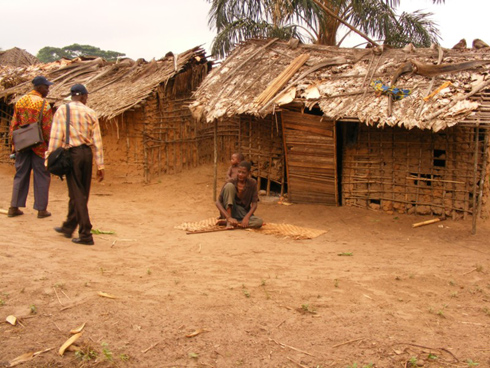
-well, it has to be cleaned – that’s an order!
The inhabitants of the villages bear witness to incredible poverty and privation. When they hear that the price of an operation is $20, they quickly knock it down to $1, and I give in to them. After all, the main thing is that our service should be affordable. Some of them bring a rooster or a hen, others a couple of glasses of coffee, „that’s all I have”…
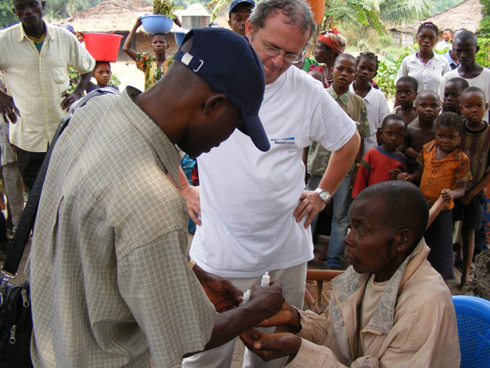
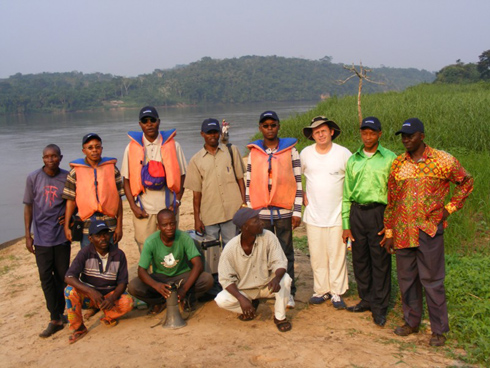
We distributed a lot of medications and spectacles, so most of the patients left satisfied. Unfortunately there are many whom we cannot help effectively, especially those suffering from River Blindness. This parasitic disease can lead to blindness unless treated in time, but a simple ointment, an analgesic and suchlike can be of some help.
To get back to our day-trip to the village, there were quite a few very old, operable patients in poor condition. Wouldn’t it be good to be able to operate on them locally! Our Pinzgauer ambulance came immediately to my mind, which could, with some modifications, be used as a mobile operating theatre! Ever since then I have been preoccupied with this plan, and have already worked out the solar energy system for it! It will be sensational! Operating theatre by day, mobile home at night… After all, it is easy to tell a patient with bilateral cataracts to come to Lusambo, but to make the 25 km trip on foot when you are blind and alone is something else.
Well, they were two blessed weeks. Let us hope that we can go to Lusambo and possibly to the surrounding villages once more this year.
Almost all the expenses of this mission were covered through the help of the RTKB Foundation by way of the donations of the Summa Artium foundation. Our cataract surgery patients received excellent artificial lens implants donated by the Hungarian firm MEDICONTUR. A big thanks to all of you! We, but even more so our patients, have enjoyed the fruits of your work! Reports mission.
Father Richard, July, 2011



